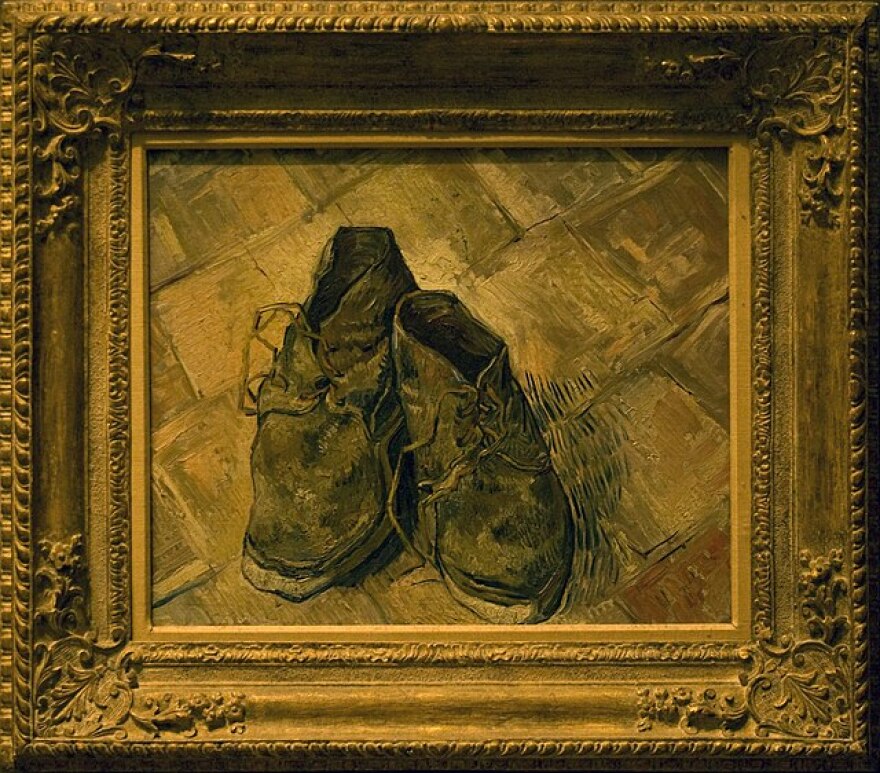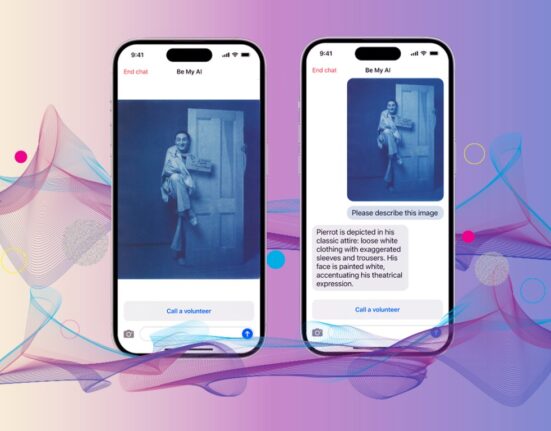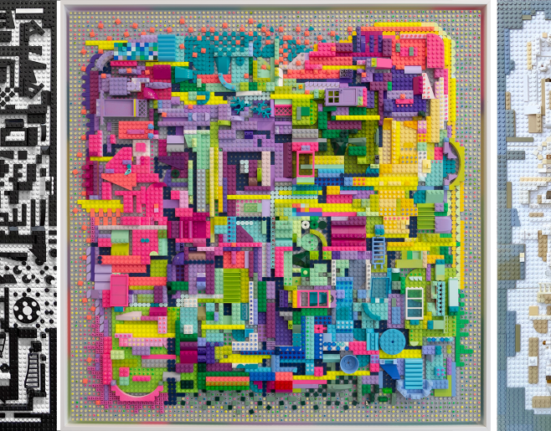This is the fourth episode in the fourth season of WYSO’s original series, Studio Visit.
The series explores artists and the inspirations behind their work. Susan Byrnes, a WYSO community voices producer who has been making art for over 30 years, created it.
This season, Byrnes explores ideas from her latest show, “Lightness and Weight,” which was on display at the Contemporary Dayton Gallery. In this episode, she talks about art with JoEllen Kwiatek, the poet who wrote an essay about the exhibition.
Studio Visit is produced for the ear and designed to be heard, not read. We strongly encourage you to listen to the audio by clicking on the blue “LISTEN” button above, which includes emotion and emphasis not on the page.
Susan Byrnes: From her early days of writing, JoEllen Kwiatek’s poems have been informed by a fascination with the visual arts. Her poems have titles like “The Daydream of Art History” and “A Painting by Vermeer.” Kwiatek said she remembers the first painting that really struck her.
“When I got to I think it was seventh or eighth grade, my teacher held up a print of Van Gogh’s “Shoes,” old shoes or boots. And I was looking down, and then I looked up and I nearly fell off my chair.” Kwiatek said, “And I just read everything I could on him and learned about other artists. That was the beginning of going after art because it just made me happy.“

unknown
/
Wikimedia Commons
So happy that she said she now has a collection of 200 art books.
Her poems transport readers to deep forests or desolate landscapes conjured from the art that captivates her. But instead of description, she said it’s a process of assimilating the feeling an image might invoke.
One poem, “A Walk in Daylight”, about Nosferatu, or Count Dracula, all started with one of photographer Sally Mann’s haunting pictures of the South.
“And there was one in particular that moved me. I mean, it’s not in the poem, but I looked at that photograph and I thought, I have to write something. I felt like I can write something. I just knew it.” She said, “So sometimes you just know.”
That led her to write about Nosferatu.
“When I first saw Werner Herzog’s film Nosferatu, I was focused on Isabelle Adjani, the beautiful French actress. I was in my 20s, early 20s, mid 20s, and I thought, if I could look like her.” Kwiatek said, “And then I saw it again in my 40s, and I thought—my God. I’m Nosferatu. We have a lot of things in common.”
She joked that they both had trouble sleeping at night, were self-conscious and socially awkward, and were prone to depression.
A Walk in Daylight
“A Walk in Daylight
Not the end
count, but
the rich middle.
Dark as pines in the schloss,
a frail immediacy
lighting the hour,
the rockface.
a visitor would be
grotesque.
Someone
like yourself – belated
repercussive, comb-
ing the fire. Out
of thrall to any
clues beside the way –
haphazard, unaligned:
the invisible figurative
like blowdown trumpeting
a storm. The storm’s
passing.
In these mountains,
cools compounded in
the walls like a secret.
Sunlight is a studio, a
sanatorium. The glacier
has a shelf life. Whoever
seeks abroad may find
it.”JoEllen Kwiatek
“So, this is a poem which I’m also trying to tell myself. There’s still, you know, life to come. There are still unknowns to come. There are things to look forward to,” she said.
She said her poem suggests that life is bigger than our understanding of it. It’s the same suggestion we get from all the arts. We suddenly see something we never before observed, never imagined, and our world is changed.
Studio Visit is supported by The Contemporary Dayton Gallery and produced at The Eichelberger Center for Community Voices at WYSO.







